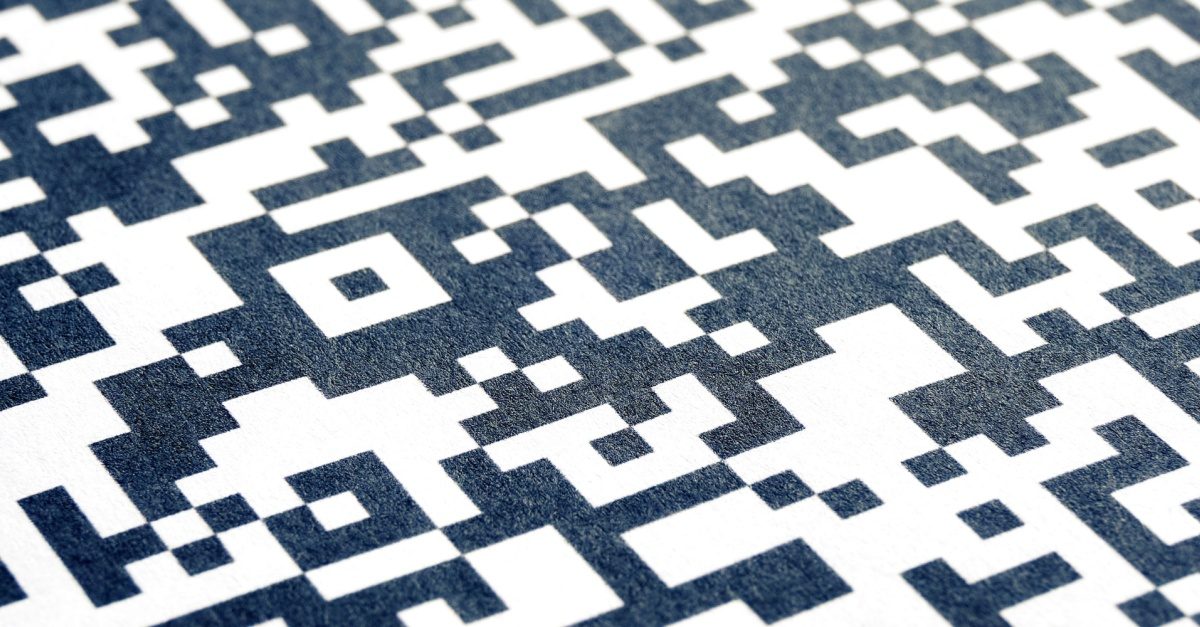
QR Codes in Supply Chain: More Than Just Inventory Tags
QR codes were initially used as inventory tags to store part numbers or product IDs. Before them, linear barcodes were used for the same purpose. Today, QR codes have evolved into dynamic data carriers. Now, they can be integrated across the entire supply chain, not just for tracking goods but for enabling transparency, automation, and intelligence.
In this blog post, you will learn what role QR codes can play in today’s supply chain scenario.
Role of QR Codes in Supply Chain
The role of QR codes in the supply chain today has gone far beyond the inventory tags. You can use them for various inventory and logistics-related purposes. Here are some of the common uses we are talking about.
1. Real-Time Asset Tracking
QR codes (the dynamic ones) help those who work in the supply chain with real-time asset tracking. They make it easy to get the product status at every stage.
Whenever a package or product reaches the next stage or destination, workers can scan the code using a QR code scanner. This will reveal to them the product information, probably its identity.
Using this, workers can update the status in their inventory systems and keep the authorities up to date.
2. Product Traceability for Compliance and Quality
Industries such as food and pharmaceuticals, among many others, require strict product traceability. It is a must for them to ensure compliance and quality at every stage.
That’s where QR codes come in.
They use them for storing product data, such as origin, manufacturing date, and expiry date, among other details. By scanning the QR code, any stakeholder can get back to the source of the product. Moreover, it also helps them segregate the products.
As an example:
Pharmaceutical companies can print QR codes on the packaging of their medicines. The codes can be used to present information related to the ingredients of drugs, their manufacturing processes, and expiration dates. This will help pharmacists to segregate the medicinal items accordingly.
3. Streamlining Receiving and Dispatch Operations
QR codes can be used in inventories and warehouses to streamline inbound and outbound logistics. At receiving docks, workers can scan QR codes on packages to validate shipments against purchase orders.
Likewise, while dispatching packages, they can again scan the code to confirm that the right products are being sent. This helps reduce manual paperwork, improving the TAT (turnaround time) and minimising human error.
4. Authentication and Anti-Counterfeiting Measures
Counterfeit products cost businesses billions. QR codes, especially dynamic or blockchain-linked ones, can help verify product authenticity.
Each code can be unique and encrypted. By scanning the code, customers or workers can confirm whether the item is genuine or not. This will be particularly useful for industries with high risks, i.e., pharmaceuticals, electronics, apparel, etc.
5. Delivery Optimisation
QR codes also play a vital role in the final delivery stage of items. Delivery drivers can scan the codes on items to confirm drop-offs. While customers can also scan them for various purposes, such as:
- Status tracking
- Receipt confirmation
- Report damage
- Submitting complaints
Moreover, we are now seeing that businesses, particularly e-commerce and restaurants, are using QR codes for many tasks. These often include:
- Contactless delivery
- Proof of delivery
- Order confirmation
- Real-time feedback and many more.
How to Embed QR Codes in Your Supply Chain?
Now that you have learned about the role of QR codes in the supply chain beyond inventory tags, you can move forward. Let’s have a bit of a talk about how you can embed them into your supply chain system.
Step 1: Choose a QR Code Generator
Start by looking for a reliable QR code generator tool. There are many, many such tools available online for free. However, opt for the one that offers a diverse range of features. By this, we mean choosing one that allows you to embed multiple types of information, such as URLs, images, text, etc.
Step 2: Generate & Test QR Code
Once you opt for a QR code generator, proceed with generating a code as per your needs. Choose the dimensions and error type wisely. Once generated, test them before placing them on the items or packages. Regarding scanning, you can use the QR code scanner on the previously mentioned platforms.
Step 3: Place the Code on Items/Packages
Once you are sure that the QR code you generated is working fine, start placing it on items or packages as needed. Below, we have shared some tips on where to put the QR code.
- Place the code on flat surfaces.
- Prefer the top or front side for placement.
- Place near product labels.
- Avoid corners or edges.
- Place them away from the sealing and taping area.
- Providing laminated protection is a plus.
Conclusion
This article explains how QR codes play a crucial role in supply chain management beyond inventory tracking. If you are in the field of supply chain or inventory management and want to embed QR codes into your systems, follow the steps discussed above. No rocket science is involved; they are simple to generate and share. Just give them a try and see how they streamline your supply chain operations.
Advance your warehousing and inventory management capabilities with IoSCM. Call 0800 1422 522 to find the perfect qualification for your professional development aims.

